Home>Gardening & Outdoor>Landscaping Ideas>Which Region Features Tall Grass And Trees Spaced Far Apart
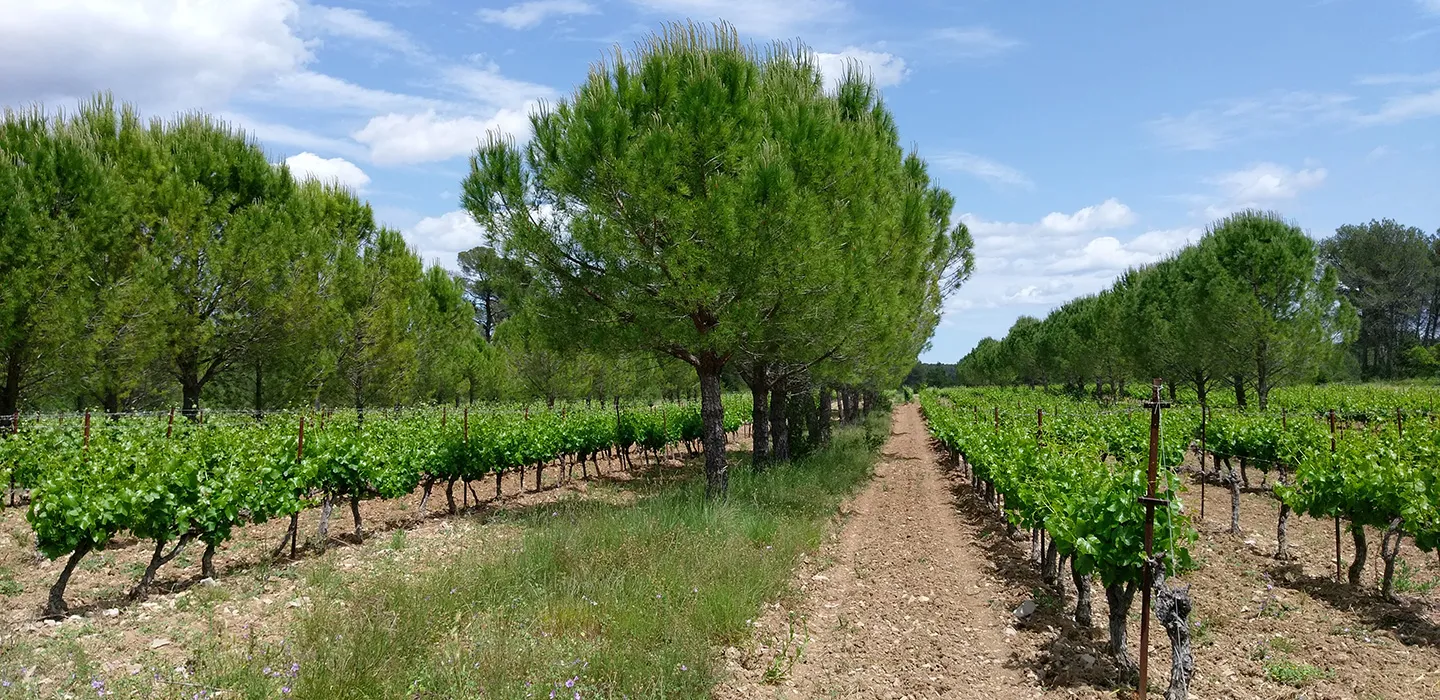

Landscaping Ideas
Which Region Features Tall Grass And Trees Spaced Far Apart
Published: February 3, 2024
Discover landscaping ideas for creating a serene outdoor space with tall grass and spaced trees in the featured region. Transform your landscape with our expert tips and inspiration.
(Many of the links in this article redirect to a specific reviewed product. Your purchase of these products through affiliate links helps to generate commission for Storables.com, at no extra cost. Learn more)
**
Introduction
**
Welcome to the enchanting world of landscapes characterized by tall grass and trees spaced far apart. This unique region offers a mesmerizing blend of natural beauty and ecological significance. The interplay between the towering grass and the generously spaced trees creates a captivating tapestry that has long captured the imagination of nature enthusiasts and conservationists alike.
This distinctive landscape is not only visually stunning but also plays a crucial role in supporting diverse ecosystems and wildlife. The purpose of this article is to delve into the characteristics of this region, explore the importance of its defining features, shed light on the diverse wildlife it harbors, and highlight the ongoing conservation efforts aimed at preserving its ecological balance.
Join us on a journey through the sprawling grasses and the majestic, widely spaced trees as we uncover the secrets and significance of this remarkable landscape. Let's embark on an exploration of the region where tall grass and spaced trees converge to create a harmonious and awe-inspiring natural spectacle.
Key Takeaways:
- The region with tall grass and widely spaced trees is a visually stunning landscape that supports diverse wildlife and plays a crucial role in maintaining ecological balance.
- Conservation efforts are essential for preserving the unique features of this region, protecting its diverse wildlife, and upholding its cultural and historical significance.
Characteristics of the Region
The region characterized by tall grass and trees spaced far apart boasts a distinct set of features that set it apart from other landscapes. One of the most striking characteristics of this region is the presence of tall grasses, often reaching heights of several feet. These expansive grasslands create a sense of openness and tranquility, with swaying blades that dance in the gentle breeze, painting a picture of serene beauty.
Complementing the tall grasses are trees that are intentionally spaced far apart, allowing them to thrive without competing for resources. This deliberate arrangement results in a visually striking pattern, with individual trees standing out against the backdrop of the vast grassland. The spacing between the trees not only contributes to the aesthetic appeal of the landscape but also serves important ecological functions.
Furthermore, the region is characterized by a unique topography, often featuring undulating terrain that adds depth and dimension to the expanse of grass and trees. This undulating landscape creates a sense of movement and rhythm, further enhancing the visual allure of the region.
Another defining characteristic of this region is its ability to support a rich variety of plant species, including wildflowers, shrubs, and other flora that thrive in the open grassland environment. The diverse plant life contributes to the overall vibrancy and ecological resilience of the landscape, creating a haven for numerous species of wildlife.
Overall, the region marked by tall grass and spaced trees presents a picturesque mosaic of natural elements, blending together to form a captivating and harmonious environment that beckons exploration and appreciation.
Importance of the Tall Grass and Spaced Trees
The tall grass and spaced trees in this region play a pivotal role in maintaining ecological balance and supporting diverse ecosystems. The towering grasses provide crucial habitat and sustenance for a myriad of wildlife, including small mammals, birds, insects, and reptiles. The dense vegetation offers shelter and nesting sites, while also serving as a vital food source for herbivorous species.
Furthermore, the expansive grasslands act as a natural carbon sink, helping to mitigate the effects of climate change by absorbing and storing carbon dioxide from the atmosphere. This contributes to the overall health of the planet and underscores the region’s significance in the global ecosystem.
The intentional spacing of trees in this landscape also holds immense ecological importance. By allowing ample room for individual trees to thrive and grow, this deliberate arrangement minimizes competition for sunlight, water, and nutrients. As a result, the trees are better equipped to reach their full potential, contributing to the overall health and resilience of the ecosystem.
Moreover, the widely spaced trees create a unique microclimate within the landscape. The open canopy allows sunlight to reach the forest floor, nurturing a diverse understory of plants and providing habitat for a wide range of species. This diverse array of flora supports complex food webs and enhances the overall biodiversity of the region.
In addition to its ecological significance, the landscape marked by tall grass and spaced trees holds cultural and historical importance. These distinct features have long been intertwined with human settlements and traditional land use practices, shaping the cultural identity of communities and serving as sources of inspiration for art, literature, and folklore.
It is evident that the tall grass and spaced trees in this region are not merely elements of scenery; they are integral components of a complex and interconnected web of life, essential for the well-being of both the natural world and human societies.
The Great Plains region in the United States features tall grass and trees spaced far apart. This region is known for its wide open spaces and is home to diverse wildlife.
Wildlife in the Region
The region characterized by tall grass and spaced trees is a haven for a diverse array of wildlife, fostering a rich tapestry of ecological interactions and species diversity. The expansive grasslands provide vital habitat for numerous species, offering food, shelter, and breeding grounds for an array of wildlife.
One of the most iconic inhabitants of this landscape is the majestic American Bison, which historically roamed the grasslands in vast herds. These massive herbivores play a crucial role in shaping the grassland ecosystem through grazing and trampling, influencing the distribution of plant species and creating habitat for other wildlife.
In addition to the bison, the region is home to a plethora of avian species, including grassland birds such as the iconic Greater Prairie Chicken, whose elaborate courtship displays are a sight to behold. Birds of prey, such as hawks and eagles, soar above the grasslands, taking advantage of the open spaces to hunt for small mammals and birds.
The diverse plant life in the region supports a thriving community of insects, from colorful butterflies to industrious pollinators such as bees and beetles. These insects play essential roles in pollination, plant reproduction, and serving as a vital food source for other wildlife.
Furthermore, the grasslands provide habitat for small mammals such as ground squirrels, prairie voles, and pocket gophers, which in turn support predators like foxes, coyotes, and badgers. The intricate web of predator-prey relationships contributes to the ecological balance of the region, ensuring that no single species becomes overly dominant.
Overall, the region teems with life, each species playing a unique role in the intricate tapestry of the grassland ecosystem. From the smallest insects to the towering bison, the wildlife in this region epitomizes the resilience and interconnectedness of nature, painting a vibrant portrait of biodiversity and ecological harmony.
Conservation Efforts
The unique landscape characterized by tall grass and spaced trees has garnered attention from conservationists and environmental advocates, leading to concerted efforts aimed at preserving and restoring this ecologically significant region.
One of the primary conservation initiatives focuses on the preservation of native grasslands, which have faced significant threats from agricultural expansion, urban development, and invasive species. Conservation organizations and land management agencies work tirelessly to protect and restore these vital grassland habitats, employing strategies such as controlled burns, native grass seeding, and the removal of invasive plant species.
In addition to preserving the grasslands, conservation efforts also target the restoration of tree populations in the region. Reforestation projects aim to enhance the health and resilience of the landscape by reintroducing native tree species and promoting sustainable forestry practices. By carefully managing tree density and distribution, conservationists seek to maintain the characteristic open canopy that defines this unique ecosystem.
Furthermore, conservation initiatives prioritize the protection of wildlife species that depend on the tall grass and spaced trees for their survival. This includes the implementation of habitat conservation measures, wildlife corridors, and the promotion of sustainable land use practices that minimize human-wildlife conflicts and support the coexistence of diverse species.
Educational outreach and community engagement play a crucial role in conservation efforts, raising awareness about the ecological importance of the region and fostering a sense of stewardship among local communities. By involving stakeholders in conservation planning and implementation, these initiatives seek to build a sustainable future where the landscape’s natural beauty and ecological integrity are preserved for generations to come.
Moreover, partnerships between governmental agencies, non-profit organizations, and private landowners have been instrumental in advancing conservation efforts in the region. Collaborative conservation programs leverage diverse expertise and resources to address complex ecological challenges and ensure the long-term viability of the grassland and woodland ecosystems.
Through these collective endeavors, conservationists strive to safeguard the region’s unique ecological heritage, protect its diverse wildlife, and uphold the intrinsic value of the landscape characterized by tall grass and spaced trees.
Read more: Ground Cover: How Far Apart
Conclusion
The region where tall grass and trees are spaced far apart embodies a harmonious blend of natural beauty, ecological significance, and cultural heritage. Its towering grasses and widely spaced trees create a captivating landscape that supports diverse ecosystems, fosters wildlife diversity, and holds profound ecological importance.
As we reflect on the characteristics of this unique region, we are reminded of the intrinsic value of preserving its distinctive features. The deliberate arrangement of tall grass and spaced trees not only contributes to the visual allure of the landscape but also plays a crucial role in maintaining ecological balance and supporting a rich tapestry of flora and fauna.
The wildlife that thrives in this region, from the iconic bison to the myriad bird species, exemplifies the resilience and interconnectedness of nature, underscoring the significance of safeguarding their habitats. Conservation efforts aimed at preserving native grasslands, restoring tree populations, and protecting wildlife species are essential for ensuring the long-term viability of this ecologically significant landscape.
Moreover, the cultural and historical importance of the region’s defining features cannot be understated. The tall grass and spaced trees have long been intertwined with human societies, shaping cultural identities and inspiring a deep appreciation for the natural world. By engaging local communities and fostering a sense of stewardship, conservation initiatives seek to uphold the region’s ecological integrity while honoring its cultural heritage.
As we look to the future, it is essential to recognize the collective responsibility we share in safeguarding the region characterized by tall grass and spaced trees. Through collaborative conservation efforts, we can ensure that this remarkable landscape continues to thrive, offering its ecological benefits and captivating beauty for generations to come.
In conclusion, the region where tall grass and spaced trees converge stands as a testament to the intricate and resilient balance of nature. Its significance transcends the boundaries of geography and time, serving as a reminder of the interconnectedness of all life and the profound impact of preserving our natural heritage.
Frequently Asked Questions about Which Region Features Tall Grass And Trees Spaced Far Apart
Was this page helpful?
At Storables.com, we guarantee accurate and reliable information. Our content, validated by Expert Board Contributors, is crafted following stringent Editorial Policies. We're committed to providing you with well-researched, expert-backed insights for all your informational needs.
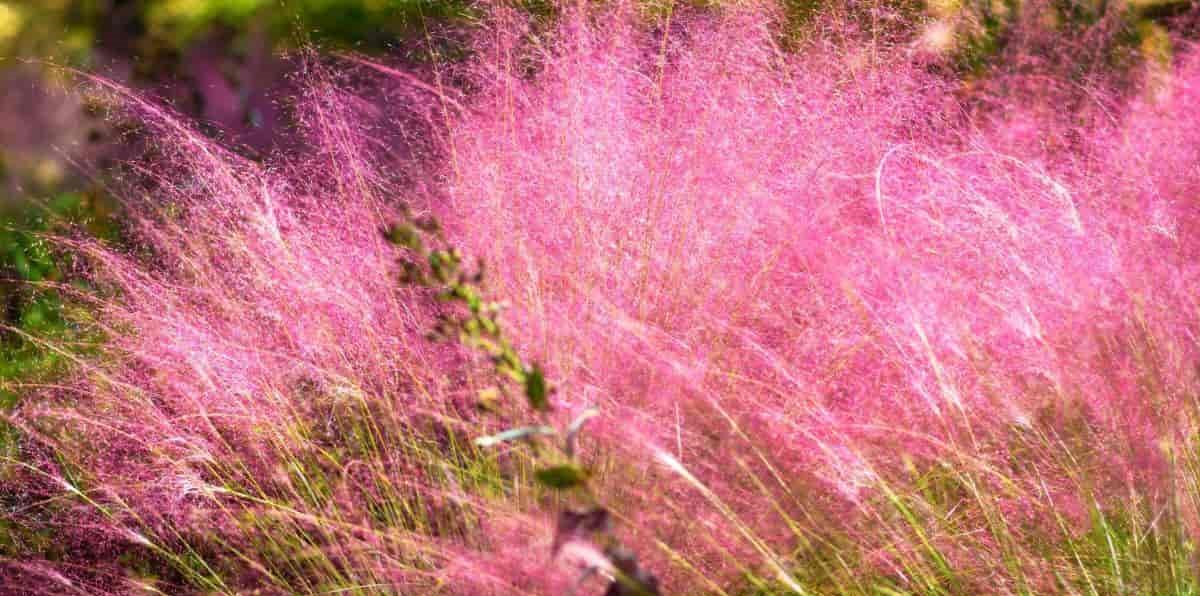

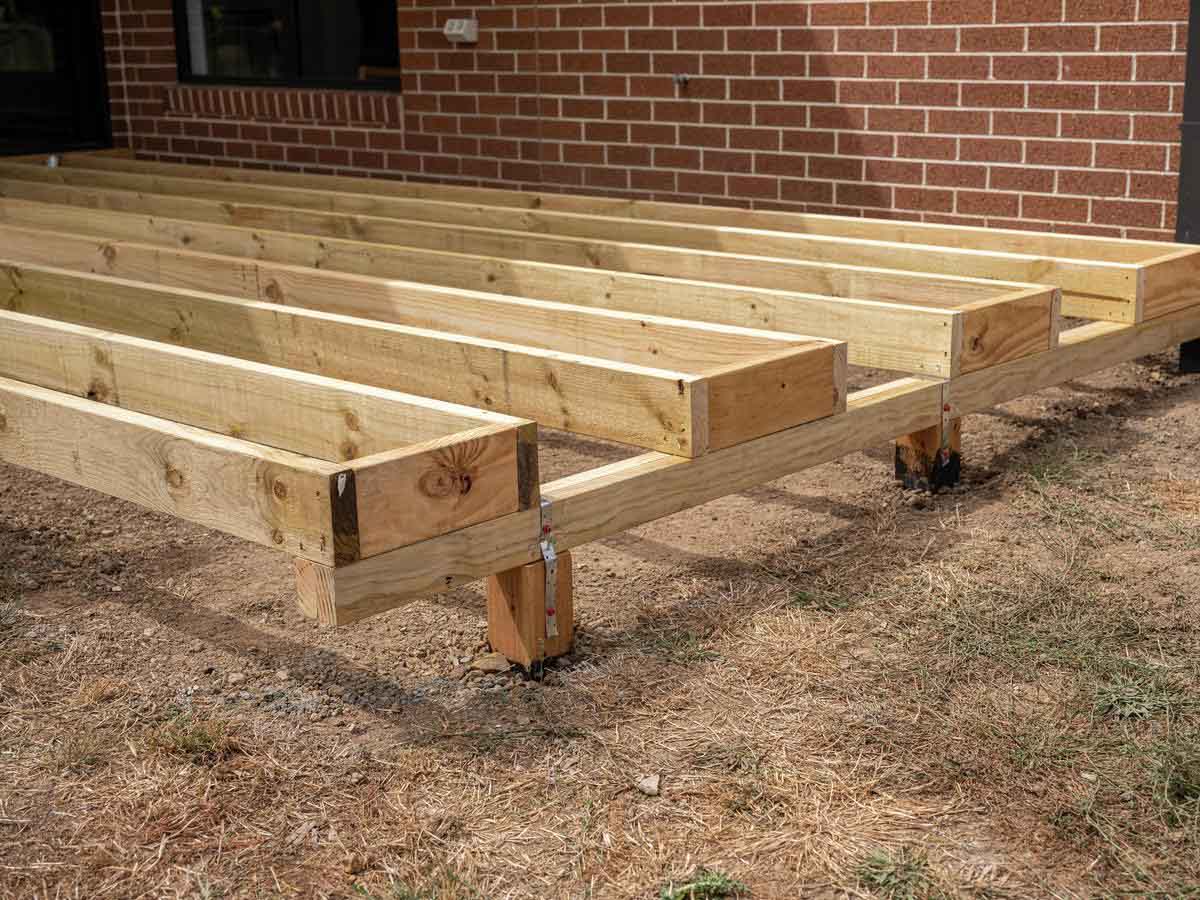
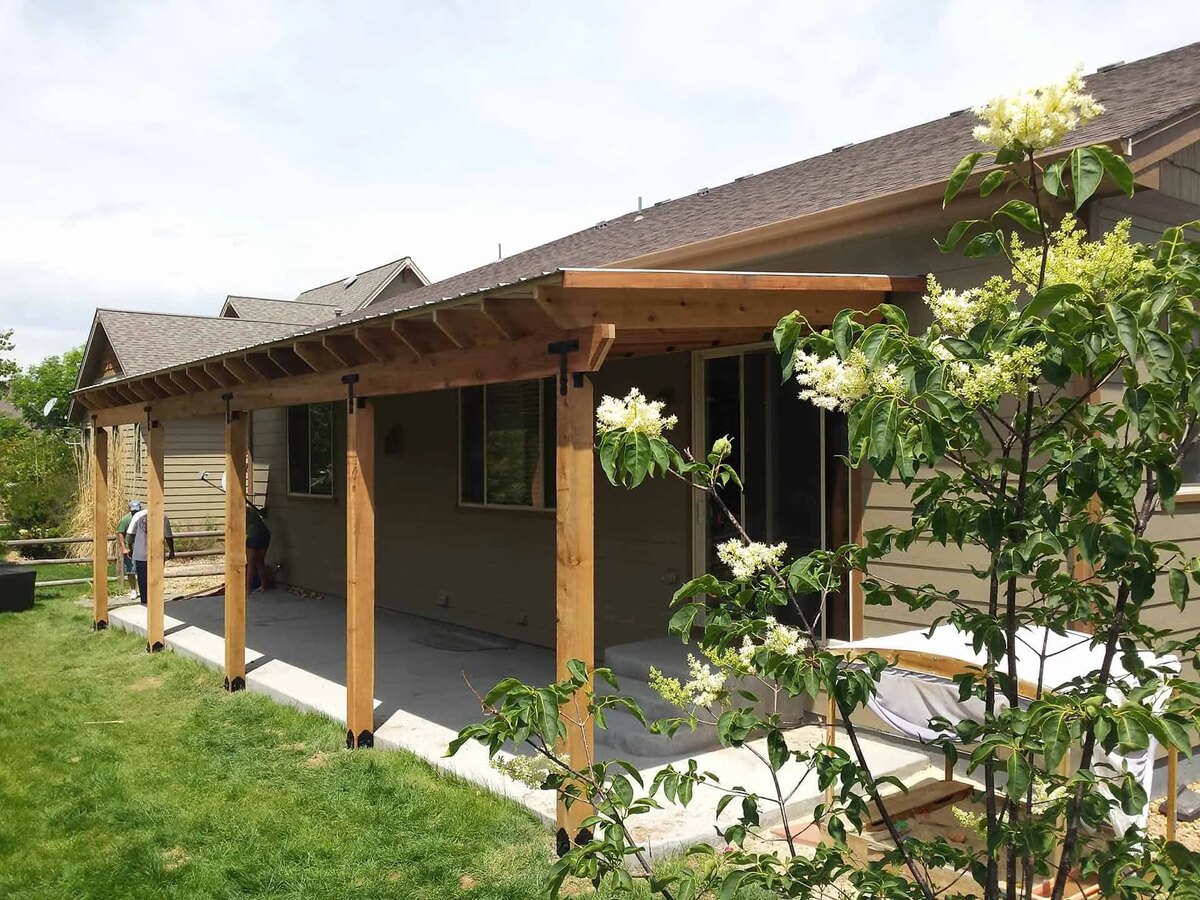
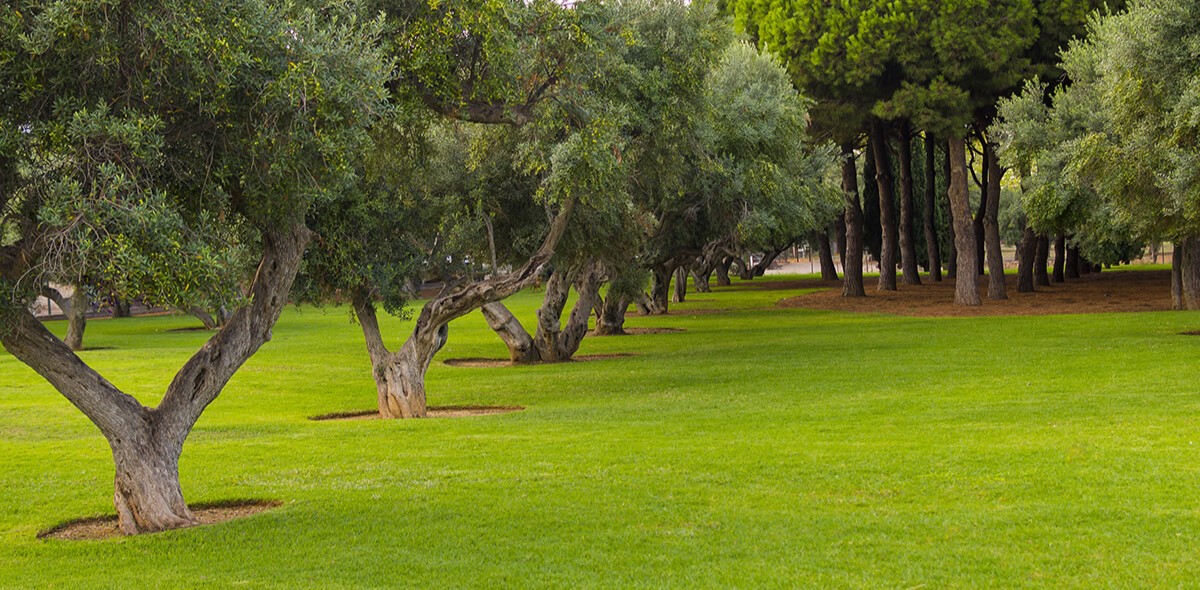
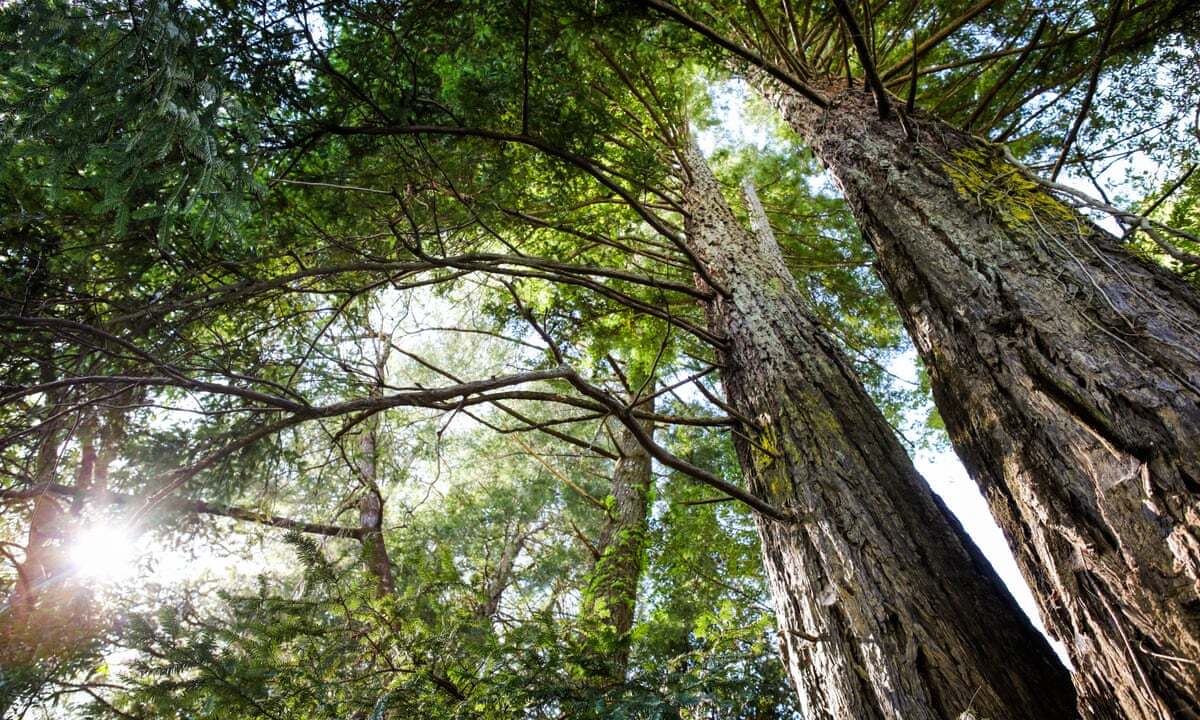
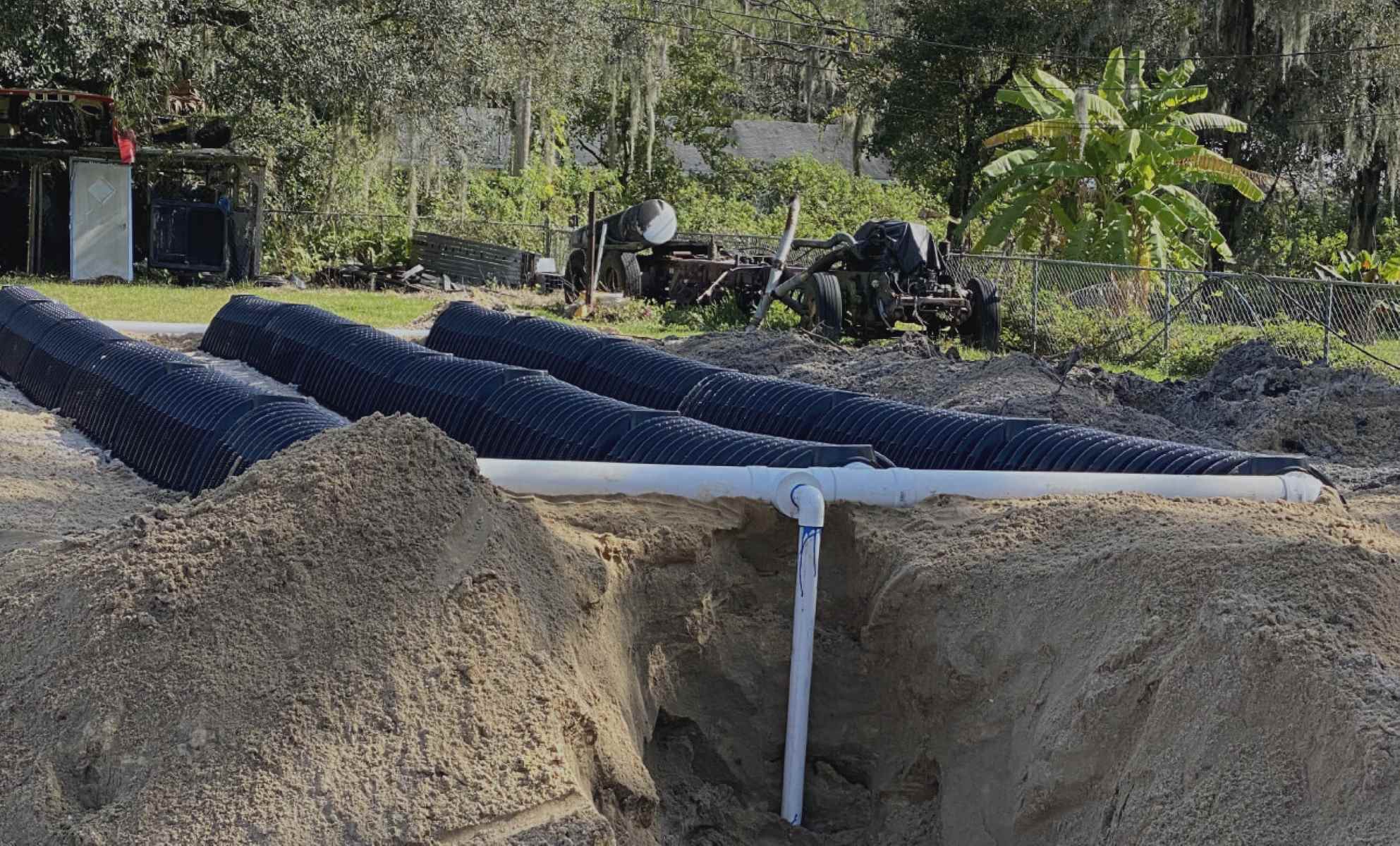
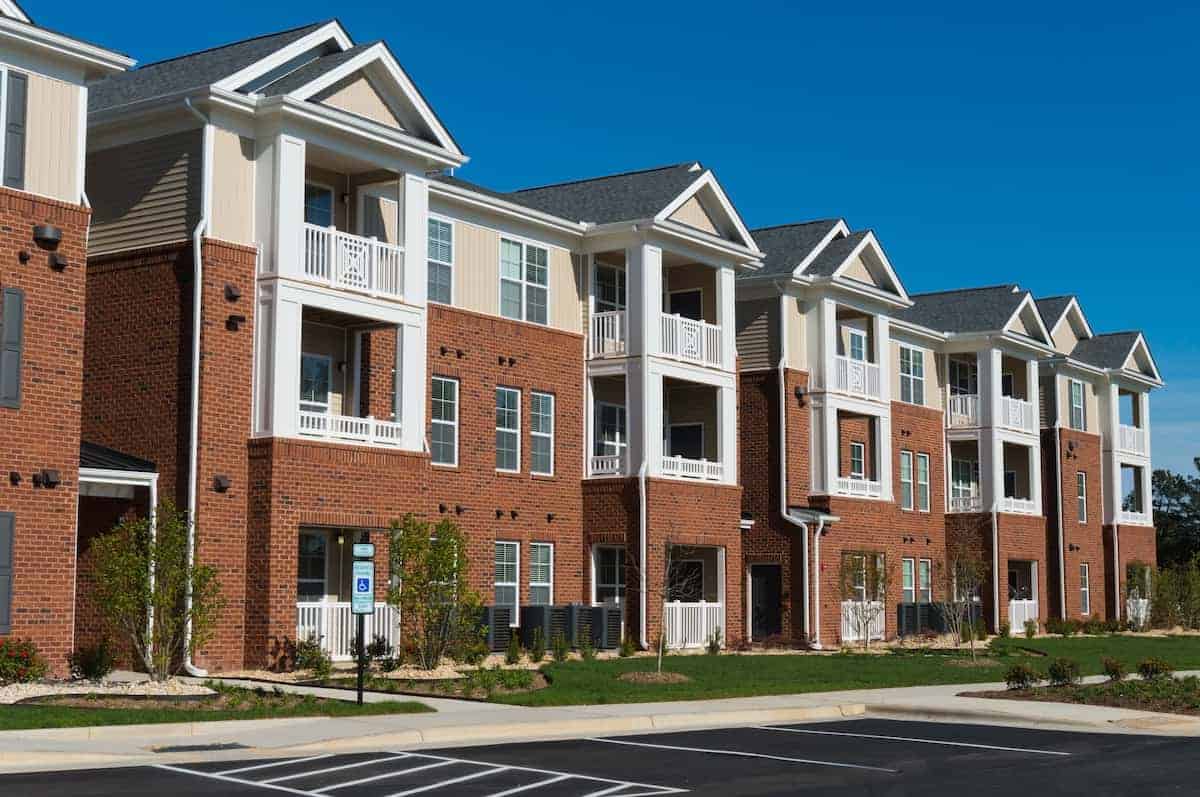
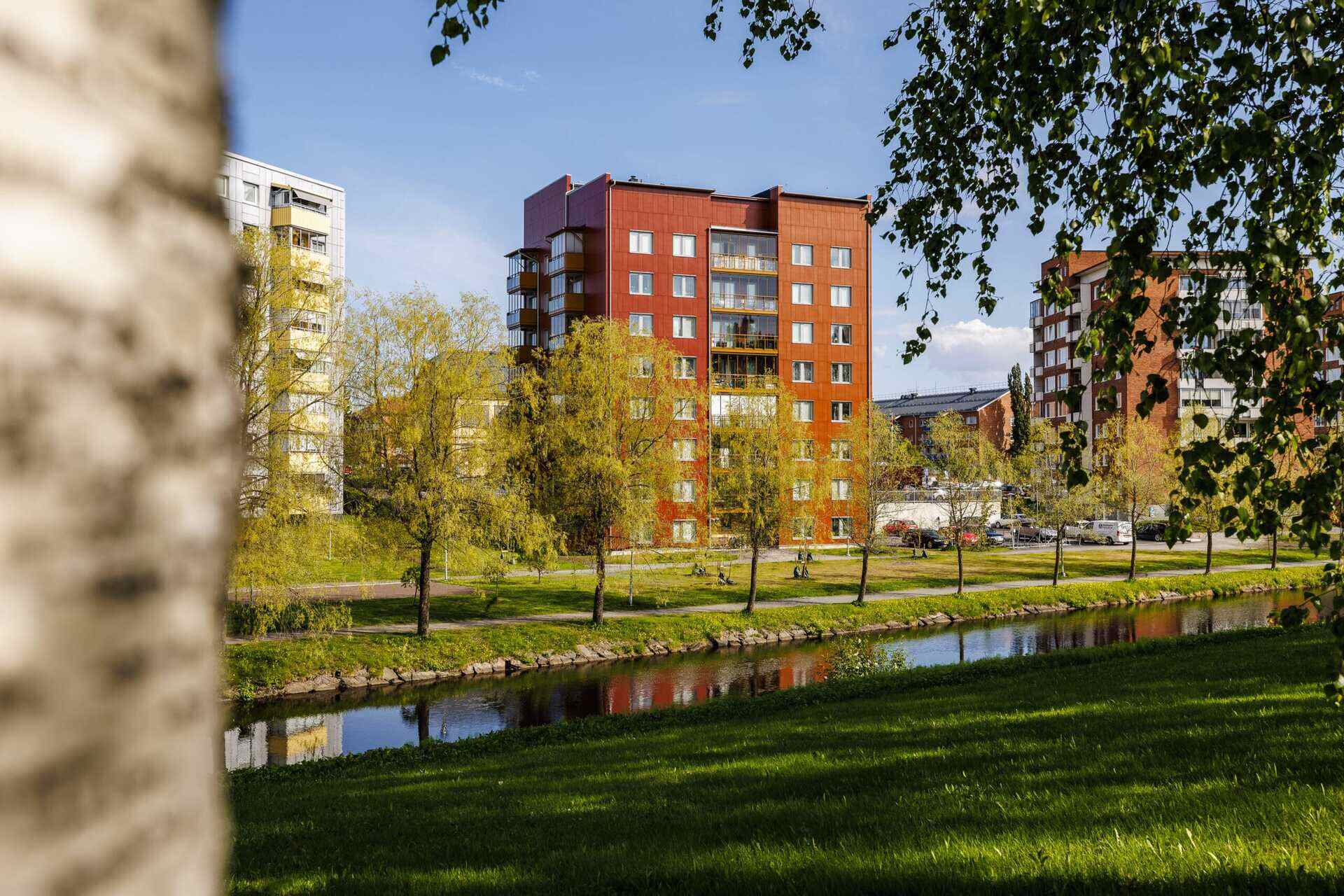






0 thoughts on “Which Region Features Tall Grass And Trees Spaced Far Apart”